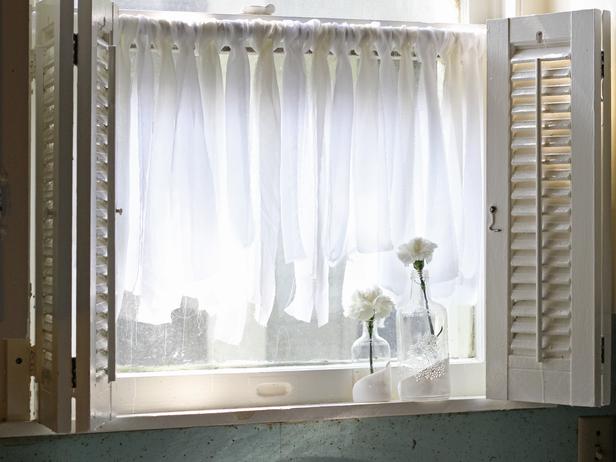How Much Does It Cost To Fit/Put Up a Curtain Rail/Pole?

Cost to Fit/Put Up a Curtain Rail/Pole
| job | Description (these prices include all materials) | labour |
| 1 | Hanging a pole or straight rail will take a leisurely hour. But then there’s the unpacking and the decision making and the fixings failing to hold and then having to help you thread the curtains on, so he will charge half a day if he’s got any sense, plus fixings. | £100 |
| 2 | A bent plastic or alloy rail will be better value for you as he will take longer but still only charge for half a day. | £100 |
| 3 | If the plaster is completely rotten, he will have to fix a wooden board in position which he will have to go and buy. This will need priming at least before it’s fixed, so think about a full day plus materials. | £200 |
Rails are usually positioned to be “invisible” when the curtains are closed.
Poles are designed to be on show even when the curtains are closed, so you have to decide in advance just what you want.
You may even want to cover a rail when the curtains are open so a pelmet will be required. These, I am happy to say have progressed somewhat from the fluted hardboard affairs your auntie Enid used to have. Now they can be made to order in a number of delightful designs (at an exorbitant charge) by the retailer of course.
Make sure the chap fixes the rail or pole at the correct height relevant to the curtains. You don’t want them hanging way above the window board or crumpling up on top of it. (By the way, it is called a “board”, the “cill” is on the outside).
Curtain Poles
You will be buying the pole so get one that’s long enough. Don’t just measure the window width, poles need to extend past the window on either sides by at least 150mm so you may need to join two poles, so get a joint.
If this is an external wrap around type it will need to go slap in the middle, or it will look ridiculous. If your window is wide, that may mean buying two quite long poles (they aren’t cheap) which each come with fancy ends (finials) and rings and fixings, half of which will have to be chucked away. (But you won’t, no, you will put them on a shelf in the shed and move them around for 5 years and then chuck them away)!
Rule one: chuck away the ridiculously pathetic screws that come with all poles. This may mean having screws which don’t match the bronze (or whatever) colour of the pole but that is fractionally better than having your pole and curtains lying in a heap on the floor.
Also the position of the wall fixings and how much pole extends past them, is vital. Besides holding the whole shebang up, the fixings keep the curtains spread out when they are closed. A couple of rings are usually left “outside” each fixing to effect this or the whole lot will just rush into the centre of the window when you pull them closed.
Everything also needs to be symmetrical, the wall fixings should be the same distance outside the edge of the window reveal or frame as each other.
Curtain Rails
These are usually more complicated than poles. They can have draw strings, they can bend, (sometimes very annoyingly when fixing plastic ones), they have lots of small fixings which by definition can only take small screws but very often you will be fixing a rail to the window’s wooden frame, so this time, small screws hold perfectly well.
They come in either plastic or alloy and the alloy can be bent to fit because that’s where rails come into their own, in the bay window!
Actually the alloy ones are a lot better because they are far stronger. But bending them in the correct place can be a nightmare.
You can’t fit them into a bay until all the bends have been “done” (either two or four) and if these are even an inch out, they will have to be bent again which means straightening them first. Get it wrong a second time and you’ll end up hanging your curtains on something akin to your dogs back leg.
Plastic ones bend very satisfactorily round “slow” internal bay corners (usually 135 degrees) or bays which are one big “bow” but getting them around right angles can be a swearer’s paradise!
It’s all down to the bend’s radius. What you want is a two inch radius, what the plastic is happy with, is more like 6 inches.
Consequently you end up moving the fixings further apart until you sort of win but the plastic is distorted a bit and spends its life trying to spring out of the fixings and if the curtains are heavy, it will!
Too tight a bend will make drawing the curtains round it very difficult anyway.
Make sure you are present when your curtain rails are being fixed. Aesthetic problems will arise. Do you really want a hairy knuckled builder like me solving them for you?
FAQs 'traffic light' guide
-
What's easy about this job…
Open or CloseGreat if you have an existing timber to fix to or the customer wants them fixing to the wooden window surround.
-
What's tricky about this job…
Open or CloseDrilling into a lintel and old walls. Sometimes it's hard to get a fixing.
www.buildingsheriff.com
Copyright The Building Sheriff Ltd 2017